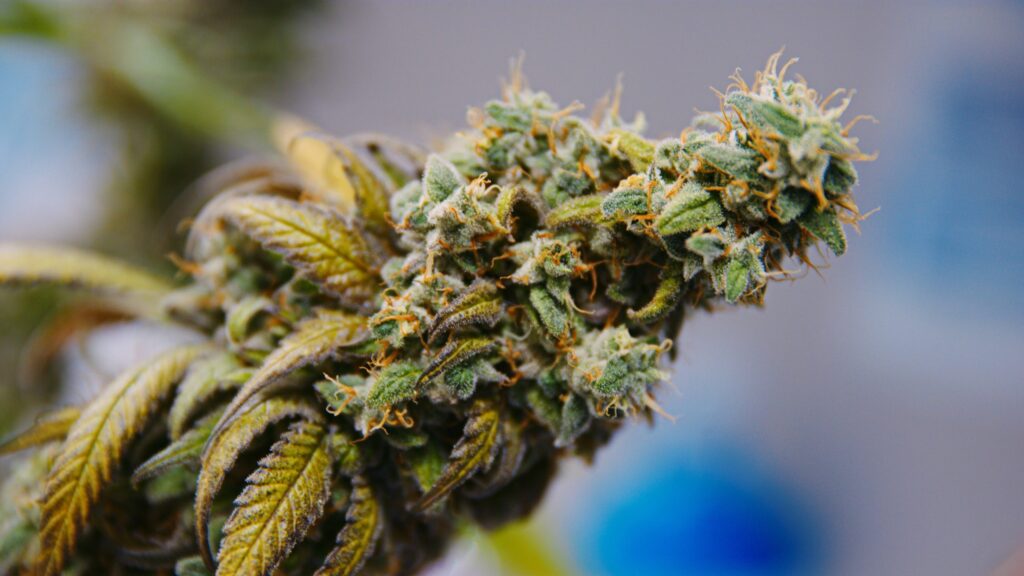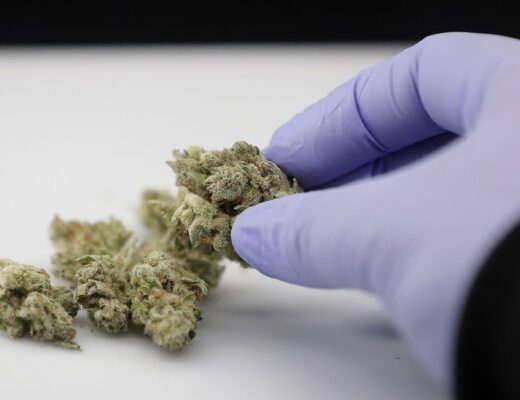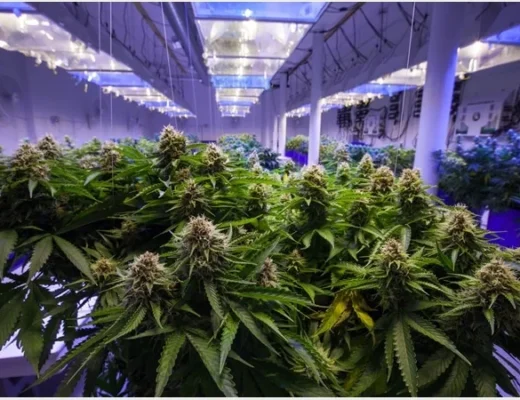The experience of consuming cannabis can be influenced by many factors, including the strain, the method of consumption, the user’s tolerance, and even the environment. One of the less explored aspects is the role of temperature. This article will explore how hot climates might influence the effects of hash, a potent cannabis derivative.
What is Hash?
Before we discuss the relationship between hash and hot climates, it’s essential to understand what hash is. Hash, short for hashish, is a concentrated form of cannabis made from the resinous glands of the plant, known as trichomes.
These trichomes are separated from the plant and pressed together to form hash, which can be smoked or consumed orally. It is known for its potent effects due to its high THC content, the primary psychoactive compound in cannabis Buy BC Bud Online.
How Heat Influences THC
The first way heat can influence the cannabis high is through its effect on THC. When THC is exposed to heat, it undergoes a process called decarboxylation, where it transforms from its non-psychoactive form (THCA) into its psychoactive form (THC).
In hot climates, hash might naturally decarboxylate to some extent, potentially enhancing its psychoactive effects. However, it’s important to note that smoking or vaporizing hash inherently involves heating it, which would induce decarboxylation regardless of the external temperature.
Heat, Hydration, and the Hash High
Hot climates often lead to higher rates of sweat, which could intensify the effects of hash. Dehydration can lead to dizziness, disorientation, and fatigue, which might amplify the psychoactive effects of hash.
Therefore, it’s crucial to stay hydrated when consuming hash in hot climates for a more pleasant experience and to maintain general health and well-being.
Climate, Culture, and Cannabis Consumption
Finally, we must consider the cultural implications. In regions where hot climates prevail, cannabis consumption methods and traditions have evolved accordingly. Hash, a condensed and stable form of cannabis, is often preferred in such areas due to its portability and resistance to environmental conditions.
Conclusion
While there is limited scientific research directly studying the effects of hot climates on the cannabis high, anecdotal reports and logical conjecture offer some intriguing possibilities. However, regardless of the environment, the golden rules of cannabis consumption still apply: understand your tolerance, consume responsibly, and prioritize your health and well-being. As we further our understanding of cannabis, there’s no doubt that more light will be shed on the many variables influencing the cannabis experience.


